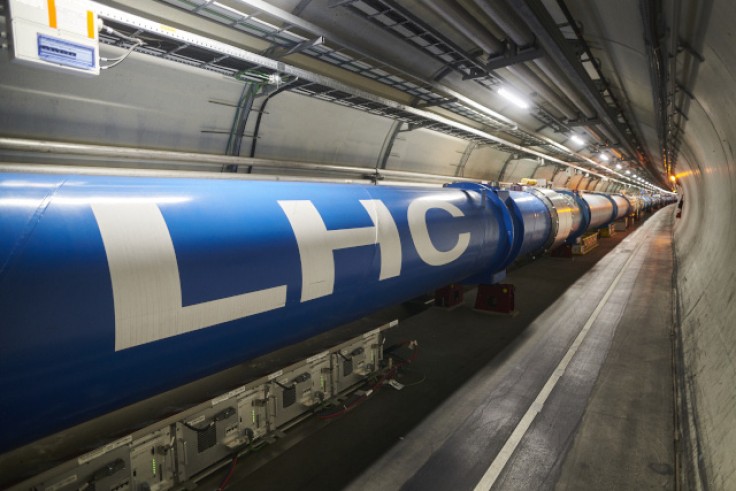
Beams of protons are again circulating around the Large Hadron Collider (LHC), as scientists at the European Council for Nuclear Research (CERN) restarted the collider on April 22 after a three-year shut down for maintenance and upgrades.
LHC is switched on again to solve some of the biggest mysteries in physics, as per Space.com report. The collider will shortly start another run of cutting-edge experiments.
Space.com reported that the reactivation will start Run 3, the LHC's third science run, which will perform experiments through 2024.
LHC To Deliver Significantly More Data
According to Mike Lamont, CERN's Director for Accelerators and Technology, "The LHC itself has undergone an extensive consolidation programme and will now operate at an even higher energy and, thanks to major improvements in the injector complex, it will deliver significantly more data to the upgraded LHC experiments."
Run 3 experiments will build on LHC's discoveries during its Run 1 (2009-2013) and Run 2 (2015-2018), per a Space.com report.
According to CERN's website, two beams of protons circulated in opposite directions around the LHC 27-kilometre ring at their injection energy of 450 billion electronvolts (450 GeV) on Friday, the first time since December 2018.
This is just the beginning of an even higher energy levels LHC will operate once it reaches its target of a mind-blowing 13.6 trillion electronvolts for Run 3, according to Space.com
"These beams circulated at injection energy and contained a relatively small number of protons. High-intensity, high-energy collisions are a couple of months away. But first beams represent the successful restart of the accelerator after all the hard work of the long shutdown," said Rhodri Jones, head of CERN's Beams department.
It will take six to eight weeks for the LHC to get up to full speed, where proton collisions can take place again, per Sky News report.
For a brief period in October 2021, pilot beams circulated in the LHC. However, the beams that circulated today at LHC's reactivation mark the beginning of preparations for four years of physics-data taking, which is expected to start this summer, according to CERN.
Read Also: Large Hadron Collider On Hold For Upgrades
What To Look Forward to in Run 3
Run 3 will see the machine's experiments collecting data from collisions in unparalleled numbers not only at record energy.
CERN reported that the ATLAS (short for A Toroidal LHC Apparatus) and CMS (short for Compact Muon Solenoid) experiments can each expect to receive more collisions during Run 3 than in the two previous physics runs combined, while LHCb, which underwent a complete revamp during the shutdown, can hope to see its collision count increase by a factor of three.
Meanwhile, ALICE, a specialized detector for studying heavy-ion collisions, can detect 50 times more collisions, thanks to the recent completion of a major upgrade.
"The unprecedented number of collisions will allow international teams of physicists at CERN and across the world to study the Higgs boson in great detail and put the Standard Model of particle physics and its various extensions to the most stringent tests yet." CERN posted on its website.
The operation of two new experiments, FASER and SND@LHC, designed to look for physics beyond the Standard Model Other, is one of the things to look forward to in Run 3.
Other things to look forward to are the "special proton-helium collisions to measure how often the antimatter counterparts of protons are produced in these collisions, and collisions involving oxygen ions that will improve physicists' knowledge of cosmic-ray physics and the quark-gluon plasma, a state of matter that existed shortly after the Big Bang," according to CERN website.
Related Article: CERN Okays Ambitious $23bn 62-mile Super-Collider Project: Where Will it Get Funds Though?









